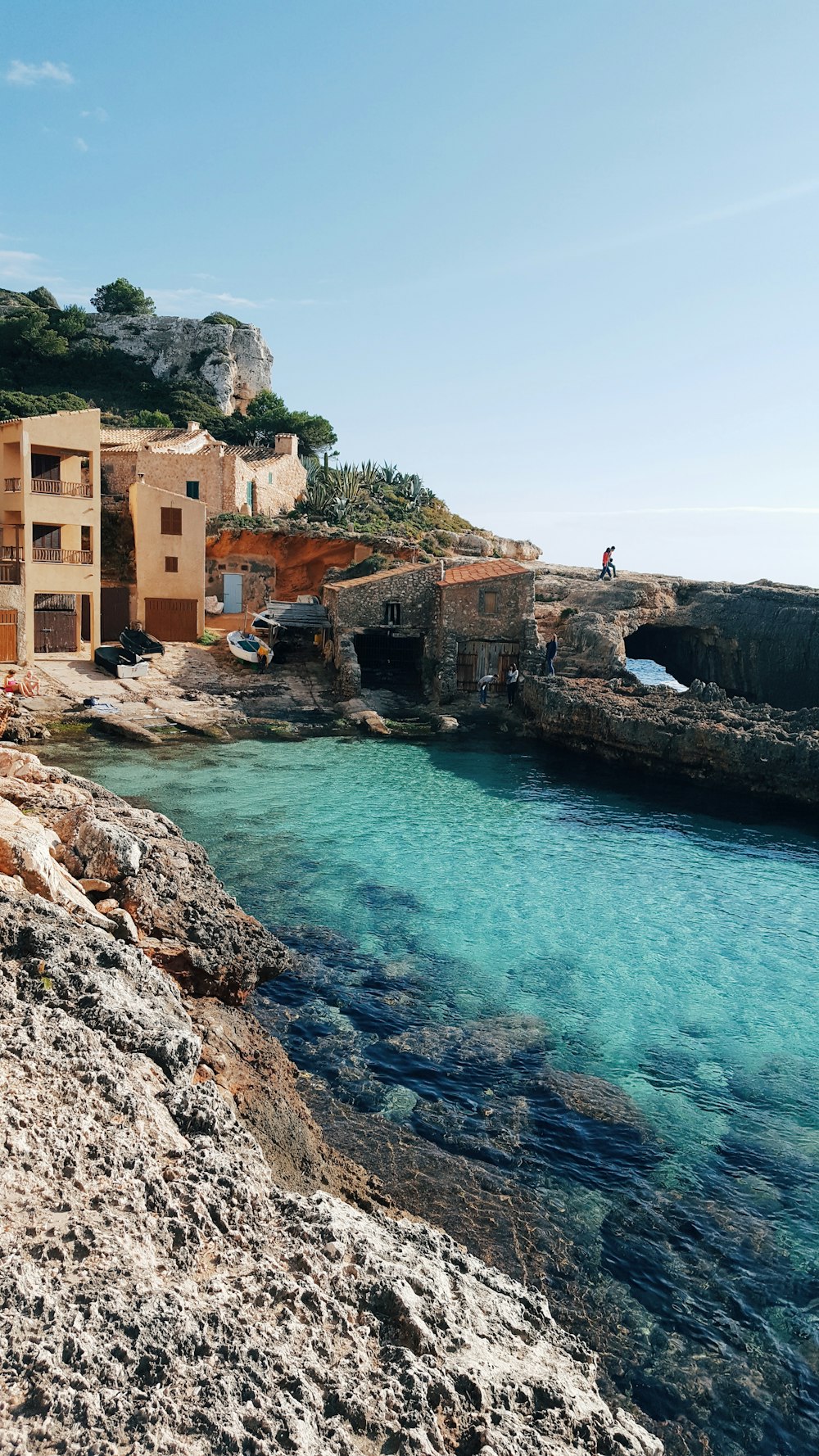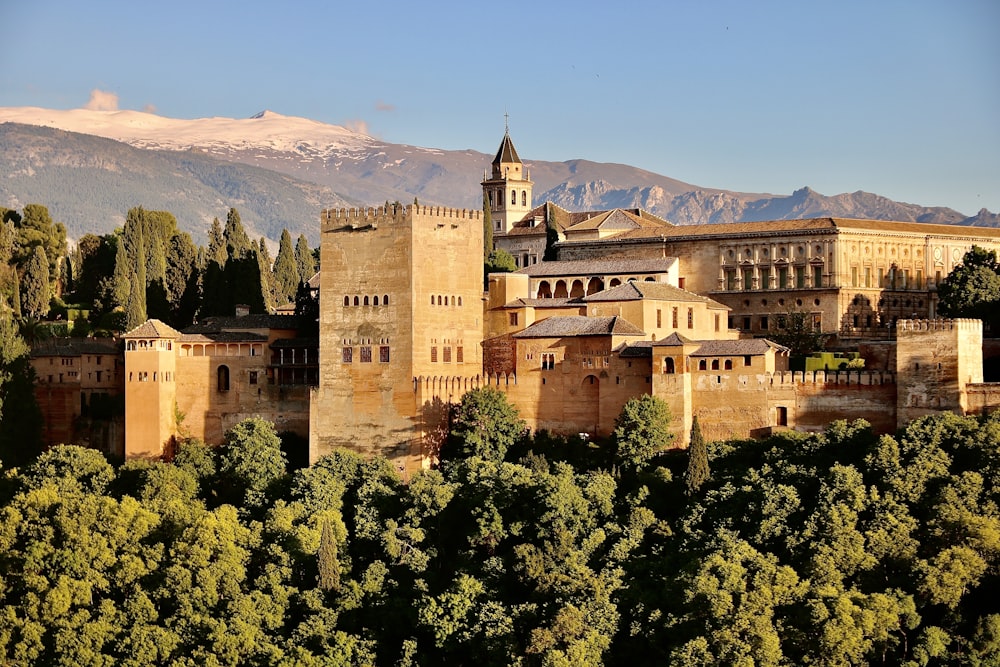When diving into the world of buying property in Spanish coastal provinces, there are a few key things you’ll want to keep your eye on. First up, the “nota simple” – it’s like the property’s ID card, laying out all the nitty-gritty details like who owns it, any debts or charges, and if there are any legal issues floating around. Think of it as your sneak peek behind the curtains before making any big moves. Another thing to watch for is “urban planning.” Sounds fancy, but it’s just a fancy way of saying what you can and can’t do with the property. Like, you don’t want to snag a sweet spot thinking you can build a beachside bungalow only to find out it’s protected land.
Then there’s the “cédula de habitabilidad,” or the habitability certificate. This little guy says your new place meets all the health and safety standards, so you’re not moving into a fixer-upper nightmare. And let’s not forget about community fees – they’re like the HOA fees back home, but in Spanish. These bad boys cover stuff like maintenance for shared spaces or keeping the pool sparkling clean. So, before you sign on the dotted line, make sure you’re not about to inherit a mountain of debt or a surprise bill for fixing up your new digs.
Understanding the Local Real Estate Market
When you’re diving into the real estate game in Spanish coastal provinces, understanding the local market is like having a secret weapon up your sleeve. Keep an eye on those property prices – they can vary big time from one spot to another. For example, a beachfront villas in Marbella might cost you an arm and a leg, while just a few miles down the coast, you could snag a similar pad for way less in a quieter town. It’s all about knowing where to look and what’s a fair price.
Don’t forget to suss out the rental potential too. If you’re eyeing up a spot as an investment, check out what similar properties are going for in the rental market. Touristy spots like Barcelona or Ibiza can rake in the euros with short-term rentals during peak season, but you might struggle to find takers during the quieter months. So, before you dive in, weigh up if you’re in it for the long haul or looking to make a quick buck.
Legal Considerations and Documentation
Alright, let’s talk legal stuff when buying property in Spanish coastal provinces. First off, you gotta get cozy with the “Escritura de Compraventa.” That’s the fancy Spanish term for the deed of sale, basically saying, “Hey, this property is officially yours now.” Make sure it’s all legit and signed off by a notary – you don’t want any surprises down the line. Oh, and keep an eye out for any liens or debts tied to the property. You don’t wanna inherit someone else’s financial mess, right?
Next up, let’s chat about taxes. Yeah, I know, nobody’s favorite topic, but it’s important. When you buy property in Spain, you gotta cough up some cash for transfer tax or VAT, depending on if it’s a new build or resale. Plus, there’s that annual property tax called “Impuesto sobre Bienes Inmuebles” (IBI for short). It’s like the property tax back home, but with a Spanish twist. Make sure you’re clued up on all these taxes and fees before diving in – nobody likes a surprise bill popping up outta nowhere.
Choosing the Right Location
Alright, let’s talk location when it comes to buying your first property in Spanish coastal provinces. It’s not just about finding a spot with a killer view – you gotta think about what you want outta the area. Are you all about that beach life? Then maybe a bustling coastal town like Malaga or Valencia is right up your alley. But if you’re after some peace and quiet, you might wanna scope out smaller villages tucked away from the tourist crowds.
And don’t forget about amenities – nobody wants to trek miles for groceries or a decent cup of coffee. Check out what’s nearby, like supermarkets, restaurants, and healthcare facilities. Plus, think about access to transportation. Sure, that remote mountain hideaway might seem dreamy, but it won’t be so great if you’re stuck without a car and miles from the nearest bus stop. So, before you fall head over heels for a place, make sure it ticks all your boxes for location, amenities, and accessibility.
Evaluating Property Types and Conditions
Alright, let’s talk about sizing up the different types of properties and their conditions when you’re on the hunt in Spanish coastal provinces. First off, you gotta decide what floats your boat – are you thinking apartment life, a cozy townhouse, or maybe a sprawling villa with its own pool? Each comes with its own perks and quirks. Apartments are great for low-maintenance living, but you might have to deal with noisy neighbors. Townhouses give you a bit more space and privacy, but you’ll likely have to shell out for community fees. And villas? Well, they’re the cream of the crop, but they can come with a hefty price tag and a whole lot of upkeep.
Once you’ve got your property type locked in, it’s time to suss out the condition. Keep your eyes peeled for any red flags like damp walls, wonky foundations, or leaky roofs – those can turn your dream home into a nightmare real quick. And don’t be afraid to ask questions or get a professional inspection done. It might seem like a hassle now, but it could save you a ton of headaches (and euros) down the road. So, before you sign on the dotted line, make sure you know exactly what you’re getting into with your new digs.
Financial Planning and Budgeting
Let’s talk dollars and cents when it comes to snagging your first property in Spanish coastal provinces. First off, you gotta crunch those numbers and figure out what you can realistically afford. That means taking a good hard look at your savings, income, and any debts you’ve got hanging around. Don’t forget to factor in those pesky extras like taxes, fees, and maintenance costs – they can add up real quick. And hey, don’t stretch yourself too thin just to snag that beachfront beauty – it’s not worth drowning in debt for.
Once you’ve got your budget nailed down, it’s time to start saving up for that down payment. Most banks in Spain will want you to cough up around 20% of the property’s value upfront, so start squirreling away those euros ASAP. And hey, if you’re not quite there yet, don’t sweat it – there are plenty of ways to boost your savings, like cutting back on those fancy dinners out or picking up some extra freelance gigs. So, get those piggy banks ready and start counting down the days ’til you’re kicking back in your own piece of Spanish paradise.
Navigating the Purchasing Process
Alright, let’s dive into the nitty-gritty of actually buying that dream property in Spanish coastal provinces. First off, you gotta find yourself a solid real estate agent who knows their stuff. They’ll be your guide through the whole process, from scouting out properties to negotiating the deal. And don’t be shy about asking questions or voicing your concerns – this is your big investment, after all.
Once you’ve found the perfect pad, it’s time to get down to business with the paperwork. You’ll need to sign a “contrato de arras,” basically a pre-contract that lays out all the terms of the deal and requires a deposit (usually around 10% of the property’s price). Then it’s off to the notary to sign the final deed of sale and make things official. It might seem like a lot of hoops to jump through, but hey, it’s all part of the adventure of buying your first property in sunny Spain.
Working with Real Estate Agents
Alright, let’s chat about teaming up with real estate agents when you’re on the hunt for your first property in Spanish coastal provinces. These folks are like your trusty sidekicks in the property game, helping you navigate the ins and outs of the market. They’ve got the inside scoop on all the hottest listings and can clue you in on hidden gems you might’ve missed otherwise.
But hey, not all agents are created equal, so it pays to do your homework and find someone who’s got your back. Look for someone who knows the local area like the back of their hand and isn’t afraid to go the extra mile to find you the perfect spot. And don’t be afraid to speak up if something doesn’t feel right – this is your big investment, after all. So, team up with a real estate agent who’s got your best interests at heart, and you’ll be kicking back in your own slice of Spanish paradise in no time.
Conclusion
So there you have it, folks – the lowdown on what to keep in mind when you’re ready to dive into the world of buying your first property in Spanish coastal provinces. From understanding the local real estate market to navigating the purchasing process, there’s a lot to wrap your head around. But with a bit of know-how and some solid advice from real estate agents, you’ll be well on your way to snagging your own piece of paradise.
Remember, it’s not just about finding the perfect spot with a killer view – you gotta think about legal stuff like taxes and paperwork, weigh up your budget and savings, and choose the right location and property type for your lifestyle. So, whether you’re dreaming of sipping sangria on a beachfront balcony or exploring quaint villages tucked away in the hills, just keep these tips in mind, and you’ll be well on your way to making your Spanish property dreams a reality.


